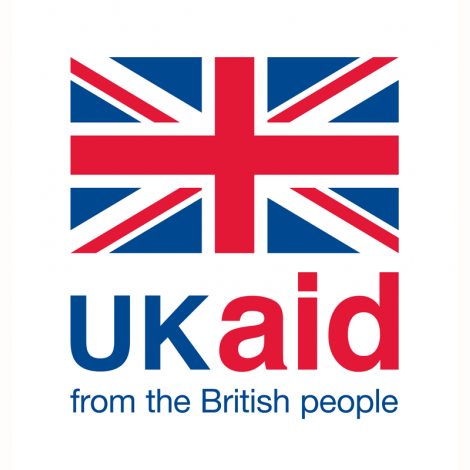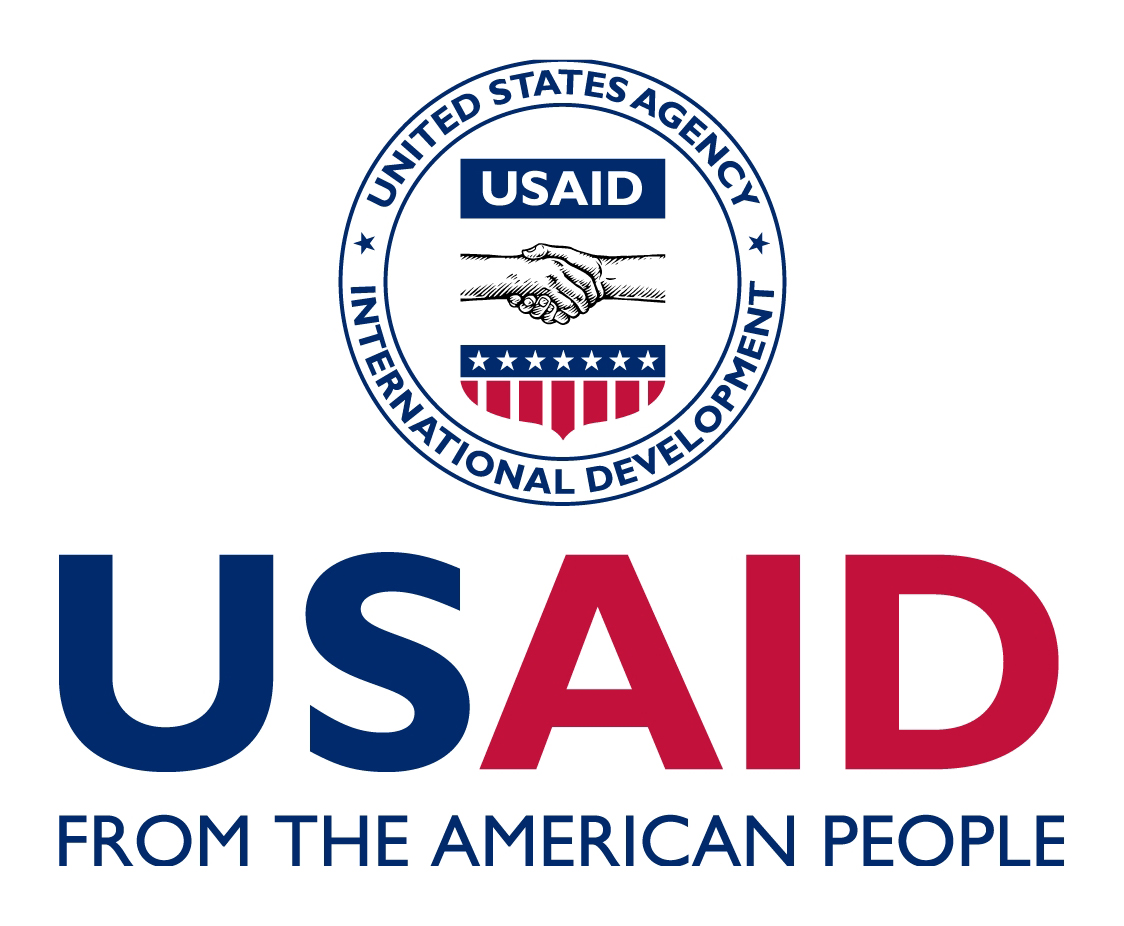improving access
For the vulnerable and needy.barriers to accessing health care in the drc
User fees for health services are government policy in the Democratic Republic of the Congo. The Ministry of Health is clear that user fees are an essential feature of making health services feasible and sustainable. They believe that free health services create dependency and could put health care at risk should donor funding end. Additionally, since free health services generally have a high cost per capita, often they are accessible only to a limited population or geographic area.
While this policy is well-intended and grounded in studies, DRC presents high levels of vulnerable populations unable to afford these fees. In particular, the elderly, disabled and survivors of sexual or gender-based violence often lack the resources to obtain care.
Our indigent beneficiaries are always cared for free of charge
assp saw an 82% increase in service utilization
assp saw an 102% increase in the number of births attended by a skilled professional.
44.7 million people
have visited our health centers for curative consulations
Our Approach to Improving Access to Health Care

IMA strives to ensure the poorest and most vulnerable Congolese can access lifesaving primary health care. IMA seeks to establish a system that decreases barriers to access to care, but also aligns with the national government’s policy for the individual to assume reasonable responsibility for health care costs. Specific objectives in line with the our approach to universal access to health care are:
- Improve mother, newborn and child health in all targeted health zones across all economic, geographic, age and gender cohorts
- Provide treatment to survivors of sexual or gender-based violence, a large population currently without access to services and usually of more vulnerable classifications
- Provide health care to survivors of emergencies, such as war, tribal conflicts and natural catastrophes
- Ensure people with disabilities, orphans, widows, the elderly and anyone lacking social protection receives health care within their means; improve their health indicators, reducing disparities between the most vulnerable and average citizens
Community Score cards
Over three decades ago, Community Health Committees, known locally as CODESA, were establish as an integral part of the DRC national strategy to increase community involvement at the local level. During ASSP, 2013 to 2019, IMA focused on revitalising the CODESA in project areas, as many of these had stopped functioning given lack of attention and resources.
Co-management and direct user feedback using the Community Scorecard , referred to locally as BCP, was also introduced during ASSP to increase accountability of COMMUNITY EMPOWERMENT in DRC. This work was continued during ASSR and over the course of the two projects, 2,353 community score cards were completed. These score cards resulted in 567 recovery plans, of which 396 were followed up by ASSR team and partners.
Key Achievements
Prenatal Care
80% of pregnant women now visit ASSP/R supported health centers for quality prenatal care.
Fistula repair
3,418 women with fistula benefited from restorative surgery during ASSP with a general success rate of 93%.
Community Empowerment
894 CODESA are now functional in ASSP/R health zones. These CODESA faciliated the completion of 2,353 community scorecards over the course of ASSP and ASSR.
SAFE births
5 million births have been assisted by a skilled professional in ASSP/R health zones since 2013.
ROUTINE DATA
Real-time data sourced from the DHIS2 data management system on the number of people accessing primary health care in ASSP-assisted health areas from 2014 to 2018.
44.7 million consultations
44.7 million people sought care at ASSP and ASSR assisted health centers over the course of the two projects.
DHIS2
Learn more about how ASSP helped the MOH improve routine health data by implementing DHIS2 in its health zones and beyond.
QUICK CONTACTS
Recent Posts
Access to Primary Health Care Project (ASSP)
Improving health for 8 million people in the Congo ABOUT THE PROJECT The Democratic Republic of Congo (DRC) is the second most populous country in sub-Saharan Africa, with an estimated total population of 71 million people – 47% of which are under the age of 15. In...
ANNOUNCING: IMA to reach 8 million in DRC
IMA World Health/ Emily Esworthy This summer, IMA World Health officially launched our largest project to date – a five-year, $283 million program that will provide access to primary health care for eight million people in the Democratic Republic of Congo (DRC). The...


